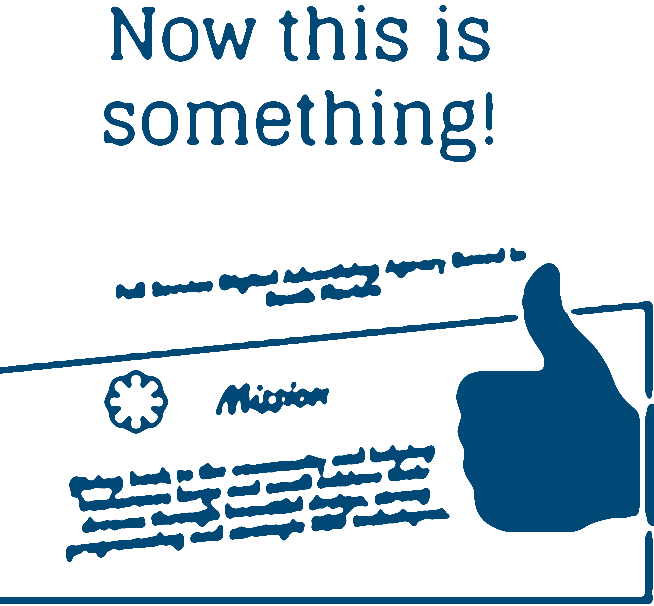
In modern life, with the constant hustle and bustle, people have short attention spans. In the first 2-4 seconds of seeing a webpage most people will decide to leave a website or continue exploring it. For this reason, visualizations and infographics have become a more effective way to catch people’s eye.
From network data visualizations to word clouds, in a relatively short period of time, infographics have become a primary format for content. It’s evolution and proliferation has been exponential in the past few years. Infographics have been rising in popularity whether you hate them or love them. If you are wanting to get a message across for your blog or business, using an infographic may be the best way to make it happen.
There are many people out there wanting to deliver a message using an infographic who are far from artistic. Resources and tools are available everywhere that help individuals with the lack of artistic skills create amazing infographics. As humans, our ability to interpret visual information is far superior than that of written words. You can make complex information easier to understand by creating visualization.
It is important to understand that effective infographics are not just putting pictures with numbers and words. Some basic rules you will need to follow when creating infographics if you want people to actually read them include:
Making a good point. Don’t just put random numbers on a chart. Your infographic needs to have a strong and clear beginning, middle and end. Large volumes of content are created daily. People are more likely to be engaged if you create something that is visually compelling.
Use relevant information. If something fascinates you, but has nothing to do with what your message is supposed to say don’t include it in your infographic. Don’t take your readers off on a tangent. Go marvel over your fascinating data in private. Always make it simple and stick to the point.
Check your data! Don’t go to some random blog assuming that all the information is fact. Make sure you are getting your information from credible sources and always remember to cite them at the bottom of your infographic.
Brand it. Make sure that its clear to everyone that your organization created the infographic.
Share it. Whether you include Facebook share, tweetables, a Pin It button, or other social network choices, make sure people people can spread the word about your new eye opening infographic. Remember to include embed code so others can put your infographic on their own site. People love sharing infographics. Something that is easy to digest and visually compelling is going to be chosen over written words that require more energy and takes longer to digest.
Creating your infographic is simple. First and foremost you need to do your research. Useful information is what makes it, well… useful! Without useful information it becomes just a piece art and not a pretty piece of art either. Do your homework and do it well because this is the first part of creating an effective infographic. The data you decide on displaying determines what infographic you will need to create.
Step two: Choose a Template. Piktochart is a great place to create infographics. When it comes to a combination of options, flexibility and overall ease of use Piktochart is the best. Choose a template that will do a good job of representing your data without having to customize or modify it too much. Use the research you gathered to determine which layout will work best.
Piktochart offers a variety of templates. Sign up for a free account or upgrade to a paid account. Investing in a paid account will save you hundreds of dollars on hiring graphic designers if you plan on creating infographics more than a few times.
Step three: Insert data and start customizing it. Gather all your information from step one and put it into your template. It is important to present your data in an organized and sensible way. Like a blog post, make sure it is scannable and use arrows to help information flow.
Step four: Reveal your infographic to the public. Infographics don’t take too long to create. Once you have done all your needed research you need to organize and insert your data into a template. If you pick a template that suits your data well then only a little customization is needed. If you are willing to spend more time on your infographic you can make it more in depth and longer.



